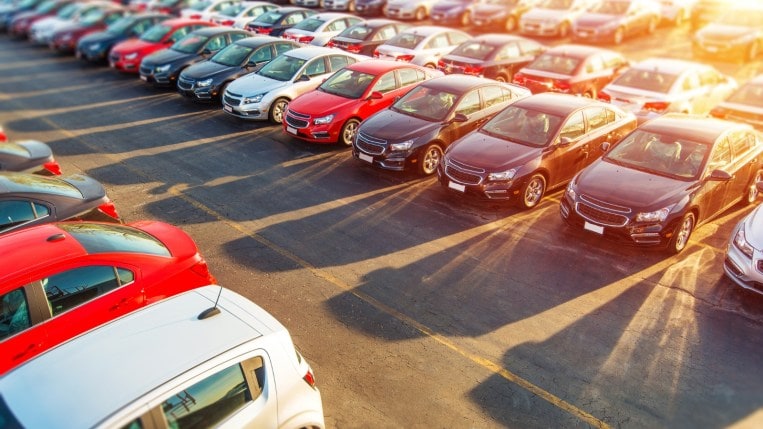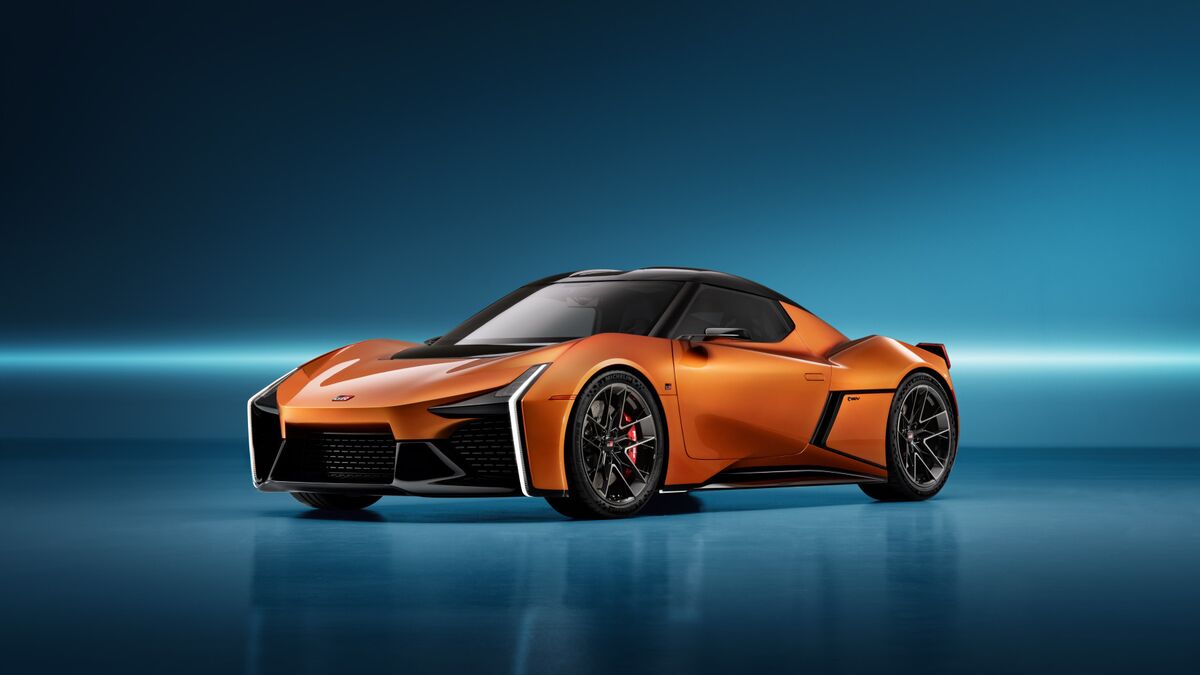
Nowhere is that spike more evident than the used car market. New car prices rose by about 13% in 2021. Used car prices, on the other hand, rose more than 27%.
Some Reports Suggest a Bubble
That has triggered some to suggest that America is in a used car price bubble. One recent report suggested that a price crash could be coming, leaving millions of Americans upside down on loans they took out to buy used cars last year.
Throughout 2021, a worldwide microchip shortage restricted the number of new cars automakers could build. That sent new car prices higher, which pushed some buyers into the used car market instead.
As the microchip shortage ends and new car production speeds up, the thinking goes, automakers will be able to build more affordable cars. That will bring new car prices down, and used car prices will follow. If they fall far enough, millions of Americans could end up owing more than the used cars bought during the price surge are worth.
New and Used Car Prices Are Not Far Out of Alignment
However, Cox Automotive Chief Economist Jonathan Smoke points out, “The core argument behind the crash scenario seems to rest on the premise that retail used-vehicle prices and retail new-vehicle prices are severely out of whack.”
They’re not. “In fact, the relationship — the gap between new and used — is not very far from the range experienced within the last decade,” Smoke says.
Cox Automotive is the parent company of Kelley Blue Book.
In 2019, before the COVID-19 pandemic and the microchip shortage rocked the auto market, the average new-vehicle price was 179% of the average used-vehicle price. At the end of 2021, it had actually gone down. The average was 163%.
It was lower, in fact than in 2014. That year, the gap stood at 167%.
Depreciation Isn’t a Problem for Auto Loans. Auto Loans Depend on Depreciation
“In 25 years, we have never seen a decline of as much as 13% within a year,” Smoke says.
Vehicles are depreciating assets. Auto loans are underwritten with that in mind and are designed to have negative equity throughout their terms. Above-average depreciation doesn’t create a new circumstance for borrowers or lenders.
“We are forecasting wholesale used-vehicle values to lose about 3% year over year by the end of 2022,” Smoke concludes. “No one, dealers nor consumers, needs to worry about a crash in used-vehicle values.”







